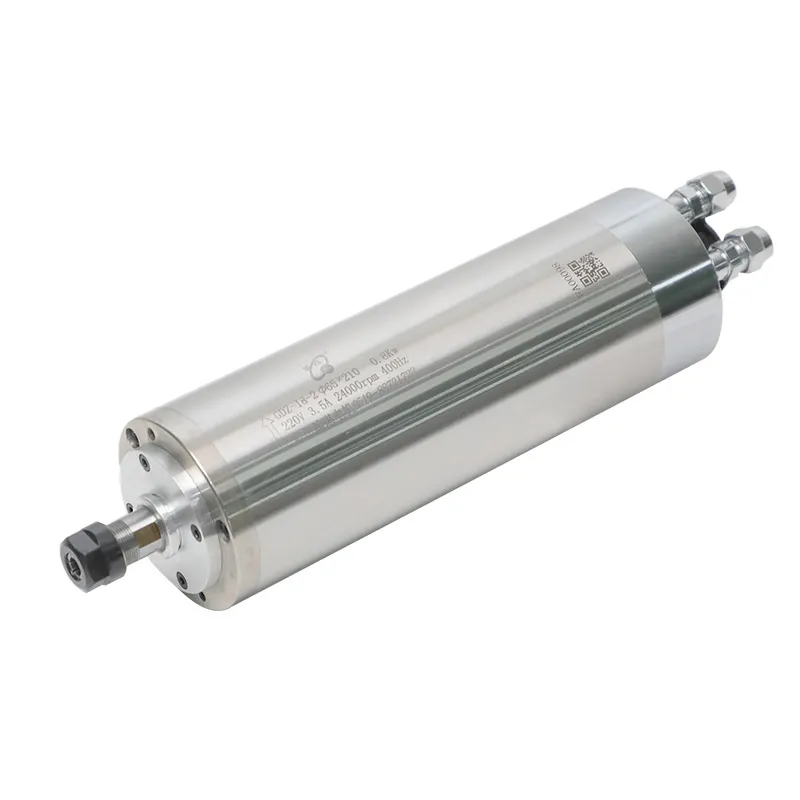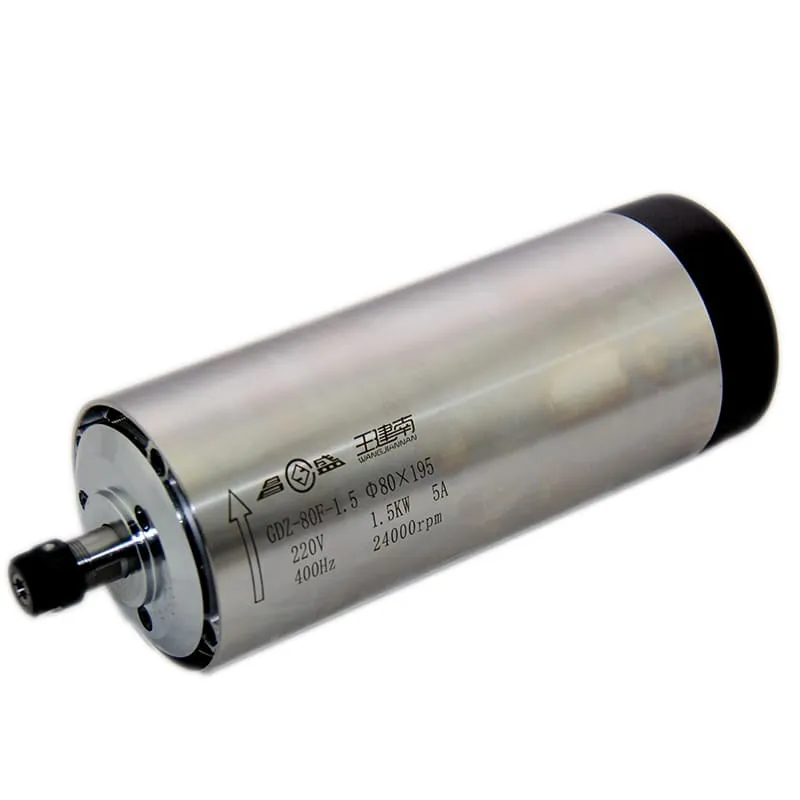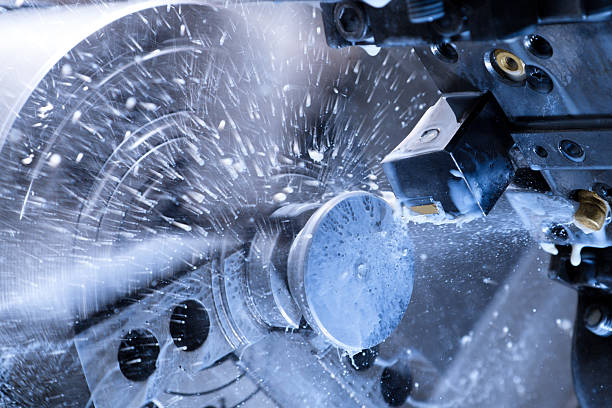Selecting the right CNC router can be a pivotal decision, especially if you’re planning to undertake detailed cutting, engraving, or prototyping tasks. With a plethora of models, sizes, and capabilities available, choosing the perfect CNC router may seem daunting. This guide will walk you through the key factors to consider when making your choice, ensuring that your investment meets your project requirements and provides the performance you need. From spindle types to software and material considerations, we’ll cover every aspect of the decision-making process.
Understanding CNC Routers: What Are They?
A CNC router is a computer-controlled cutting machine that is used for cutting various materials such as wood, metal, plastic, and composites. CNC stands for Computer Numerical Control, which allows the router to follow a precise, pre-programmed path to create intricate cuts and carvings. CNC routers are commonly used for woodworking, sign making, cabinetry, and prototyping.
The CNC machine operates based on G-code, a numerical control language that tells the router how to move, cut, and handle the material. With the right CNC router, you can achieve intricate designs that would be impossible to do manually. Let’s explore the important factors to consider when choosing a CNC router.
Types of CNC Routers
Before diving into specific features, it’s essential to understand the different types of CNC routers available. Each type is suitable for different materials and applications.
1. Hobby CNC Routers
Hobby CNC routers are small, budget-friendly machines ideal for beginners or hobbyists looking to work with soft materials like wood or plastic. They have a lower cutting speed and accuracy compared to industrial machines, but they are perfect for small-scale projects.
- Typical Uses: Sign-making, small woodworking projects, model-making.
- Key Feature: Portability and affordability.
2. Industrial CNC Routers
Industrial CNC routers are larger, more powerful machines capable of cutting through a wide range of materials, including metal and composites. These routers are used in high-production environments where precision and speed are paramount.
- Typical Uses: Cabinetry, furniture production, metal fabrication.
- Key Feature: High performance with superior cutting accuracy.
3. Mid-Range CNC Routers
Mid-range CNC routers sit between hobbyist and industrial routers. They are suitable for small businesses and can handle larger projects than hobby machines but are not as powerful as full industrial models.
- Typical Uses: Small to medium-scale manufacturing, furniture making.
- Key Feature: Balance between power, price, and precision.
Key Features to Consider When Choosing a CNC Router
1. Spindle Type and Spindle Speed
The spindle is a crucial part of the CNC router because it drives the cutting tool, which affects the quality of the cut. Spindles come in different types, and choosing the right one depends on the material and type of work you plan to do.
Air-Cooled vs. Water-Cooled Spindles
- Air-Cooled Spindles: Easier to maintain and are ideal for most woodworking tasks. They don’t require extra cooling equipment, making them simpler to use. However, they may be noisier.
- Water-Cooled Spindles: Quieter and provide better cooling for long working hours, making them suitable for heavy-duty work. These are ideal if you work with harder materials or require prolonged operation.
For instance, you might consider the 2.2KW ER20 Air-Cooled Spindle for reliability and excellent precision. 
2. Material Capability
The types of materials you plan to cut will significantly influence the kind of CNC router you need. Some CNC routers are designed to work with wood, while others can handle metal and composite materials.
- Wood and Plastic: Most hobbyist CNC routers are well suited for wood and plastic.
- Metal: For cutting metal, you need a robust CNC router with high torque and a water-cooled spindle to handle the extra heat generated.
- Composite Materials: Composite materials require CNC routers that provide precise control and a sturdy spindle.
3. Bed Size and Cutting Area
The bed size and cutting area determine the maximum dimensions of material you can work with. It’s important to choose a CNC router that has a suitable cutting area for your projects.
- Small Beds: For hobby projects or intricate detail work, a smaller bed size is suitable.
- Large Beds: For larger pieces like cabinet panels or furniture components, consider a CNC router with a larger cutting area.
Make sure to also account for material thickness, as thicker materials will require a router with a deep Z-axis cutting capacity.
Software for CNC Routers
The software that drives the CNC router plays a huge role in how easy or challenging it is to complete your projects. Typically, CNC routers require two types of software: CAD (Computer-Aided Design) and CAM (Computer-Aided Manufacturing).
1. CAD Software
CAD software is used to create the designs that will be machined. Popular choices include:
- AutoCAD: A powerful industry standard for creating detailed 2D and 3D designs.
- Fusion 360: This is a versatile choice for beginners and professionals, offering an integrated solution for design and manufacturing.
2. CAM Software
CAM software converts CAD designs into G-code, which the CNC router uses to execute the cutting.
- VCarve Pro: Known for its user-friendly interface, VCarve Pro is a good choice for woodworking and engraving tasks.
- Mastercam: Offers advanced features for more complex cutting operations, suitable for industrial-grade work.
Selecting software that matches your skill level and project needs is crucial to get the most out of your CNC router.
Router Table Stability and Rigidity
The router table is where the material rests during the cutting process. The stability and rigidity of this table significantly impact the quality of the cuts.
- Steel Frame Tables: Provide high stability and are ideal for heavy-duty work. They reduce vibration and improve cutting precision.
- Aluminum Frame Tables: Lightweight and suitable for small to mid-range projects. They are less stable compared to steel but are often more affordable.
Look for CNC routers with a well-built, solid table frame to ensure precise cutting results and minimal vibration.
Motor Drive System
The type of motor drive system determines how accurately and smoothly your CNC router moves. There are typically two main types: Stepper Motors and Servo Motors.
1. Stepper Motors
Stepper motors are commonly found in entry-level and mid-range CNC routers. They are cost-effective but may not provide as much speed or precision as servo motors.
- Advantages: Affordable and straightforward to control.
- Disadvantages: Lack of feedback means reduced accuracy in more complex projects.
2. Servo Motors
Servo motors are used in industrial CNC routers where high speed and precision are needed. They provide feedback to the controller, ensuring accurate positioning and smooth movements.
- Advantages: High precision and fast operation.
- Disadvantages: More expensive than stepper motors.
Dust Collection System
Dust collection is an often-overlooked feature but crucial for keeping your workspace clean, especially when cutting wood or composite materials. Proper dust collection not only keeps the area clean but also ensures better visibility and safety.
1. Built-in Dust Collectors
Some CNC routers come with built-in dust collectors, which can handle smaller amounts of dust effectively. They are suitable for hobbyists or small workshops.
2. External Dust Collection Systems
For larger production environments, an external dust collection system is ideal. It keeps the machine and surrounding area clear of sawdust or debris, ensuring more consistent cutting quality.
Performance vs. Cost
When choosing a CNC router, balancing performance and cost is critical. Here are some considerations for striking the right balance:
- Budget-Friendly Options: Hobby CNC routers are generally more affordable but may lack the durability or cutting power of higher-end models. They are great for small projects.
- Investment in Quality: For a more commercial use or continuous operation, investing in a high-quality, robust CNC router can pay off in the long run, offering better accuracy, reliability, and productivity.
- Spindle Choices: A high-quality spindle, like the 24000RPM 0.8KW ER11 Water-Cooled Spindle, will greatly enhance the performance and capabilities of your router.

Frequently Asked Questions About Choosing a CNC Router
1. What size CNC router should I choose?
The size of the CNC router depends on the materials you plan to work with. If you want to work on larger panels like cabinet doors, choose a router with a larger bed size.
2. Should I choose an air-cooled or water-cooled spindle?
Air-cooled spindles are easier to maintain, while water-cooled spindles are quieter and better for prolonged use. Your choice should depend on your specific work environment and project needs.
3. Is software compatibility important when choosing a CNC router?
Yes, make sure the CNC router is compatible with the CAD/CAM software you intend to use. The right software will make the design and cutting process smoother and more efficient.
4. How much does a good CNC router cost?
Prices can range from $1000 for hobbyist routers to $100,000 or more for industrial models. It depends on the machine’s size, motor type, and features.
5. What kind of materials can I cut with a CNC router?
CNC routers can cut wood, plastic, composites, and even soft metals like aluminum. Make sure your router is powerful enough for the materials you intend to use.
Conclusion
Choosing the right CNC router is a crucial decision that can greatly impact the quality of your projects and the efficiency of your workflow. By understanding the different types of CNC routers, spindle types, software, and other essential features, you can make an informed choice that suits your specific needs. Whether you’re a hobbyist or planning to use the router in an industrial setting, investing time in choosing the right machine will pay dividends in performance and satisfaction.
To get started with your CNC projects, you’ll need high-quality spindles that offer precision and reliability. Visit Spindle Motor Shop for a range of spindles tailored to different CNC applications. Equip your router with the right tools, such as the 1.5KW ER11 Round Air-Cooled Spindle  , and take your CNC projects to the next level.
, and take your CNC projects to the next level.

